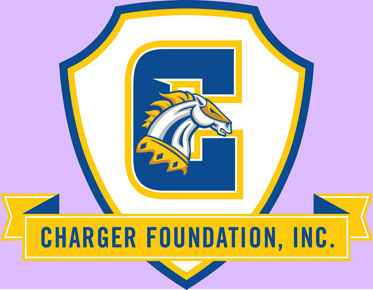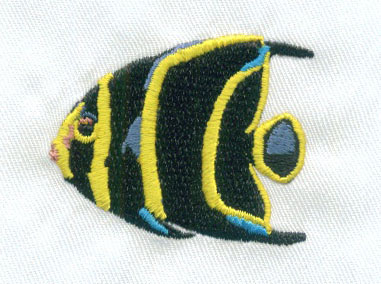Vector Art Image Optimization for the Web: Boosting Performance and User Experience
In today's digital landscape, website
performance plays a crucial role in user experience and search engine rankings.
One significant factor affecting website speed is image size and quality. To
optimize images for the web, developers and designers need to employ effective
techniques. In this article, Eagle Digitizing will bring us to explore the best practices outlined in the blog
post "Optimize Images for Web", shedding light on the importance of
image optimization and offering practical tips to enhance website performance.
1. Compressing Images:
Compressing images is essential to reduce file
size without compromising quality. Tools like JPEG and PNG compression
algorithms help strike a balance between image size and visual fidelity. By
minimizing unnecessary metadata and using lossy or lossless compression, web
developers can significantly improve website loading times. To further
streamline the image creation process, designers can utilize Eagle Digitizing's
vector art services, which offer
efficient and precise conversion of images into scalable vector formats.
2. Choosing the Right File Format:
Selecting the appropriate file format for each image is crucial. JPEG is ideal for complex images with rich colors, while PNG is suitable for graphics with transparency or simple illustrations. The blog post emphasizes the importance of considering the nature of the image and using the most efficient file format accordingly.
3. Resizing and Scaling Images:
Resizing images to match the required display
size is essential to avoid unnecessary file size bloat. By determining the
maximum size needed for the image and resizing accordingly, web developers can
minimize the amount of data transferred and improve page load times.
4. Lazy Loading:
Implementing lazy loading techniques allows
images to load only when they are visible within the user's viewport. By
deferring the loading of off-screen images, web developers can improve initial
page load times and enhance the overall user experience.
5. Leveraging Content Delivery Networks (CDNs):
CDNs help distribute images across multiple
servers worldwide, reducing latency and improving load times for users in
different geographical locations. By leveraging CDNs, web developers can ensure
that images are delivered swiftly to users, regardless of their location.
6. Implementing Responsive Images:
Responsive design is essential for delivering
optimized experiences across different devices and screen sizes. Using
techniques like the srcset attribute and the picture element, developers can
provide different versions of vector images
based on the user's device capabilities, resulting in improved performance and
user satisfaction.
7. Caching Images:
Enabling image caching allows browsers to
store images locally, reducing the need to download them repeatedly. By setting
appropriate cache control headers and utilizing browser caching, developers can
improve subsequent page load times and provide a smoother user experience.
Optimizing images for the web is vital for
enhancing website performance, reducing load times, and improving user
experience. By employing techniques such as compressing images, choosing the
right file format, resizing and scaling images, implementing lazy loading,
leveraging CDNs, using responsive images, and caching images, web developers
can ensure their websites deliver fast and visually appealing experiences to
users. Incorporating Eagle Digitizing's vector art conversion services can further streamline the image creation process,
allowing designers to create optimized vector images and expedite the overall
development timeline. By combining these best practices with professional vector design services, web developers
and designers can achieve optimal image optimization and create engaging web
experiences.



